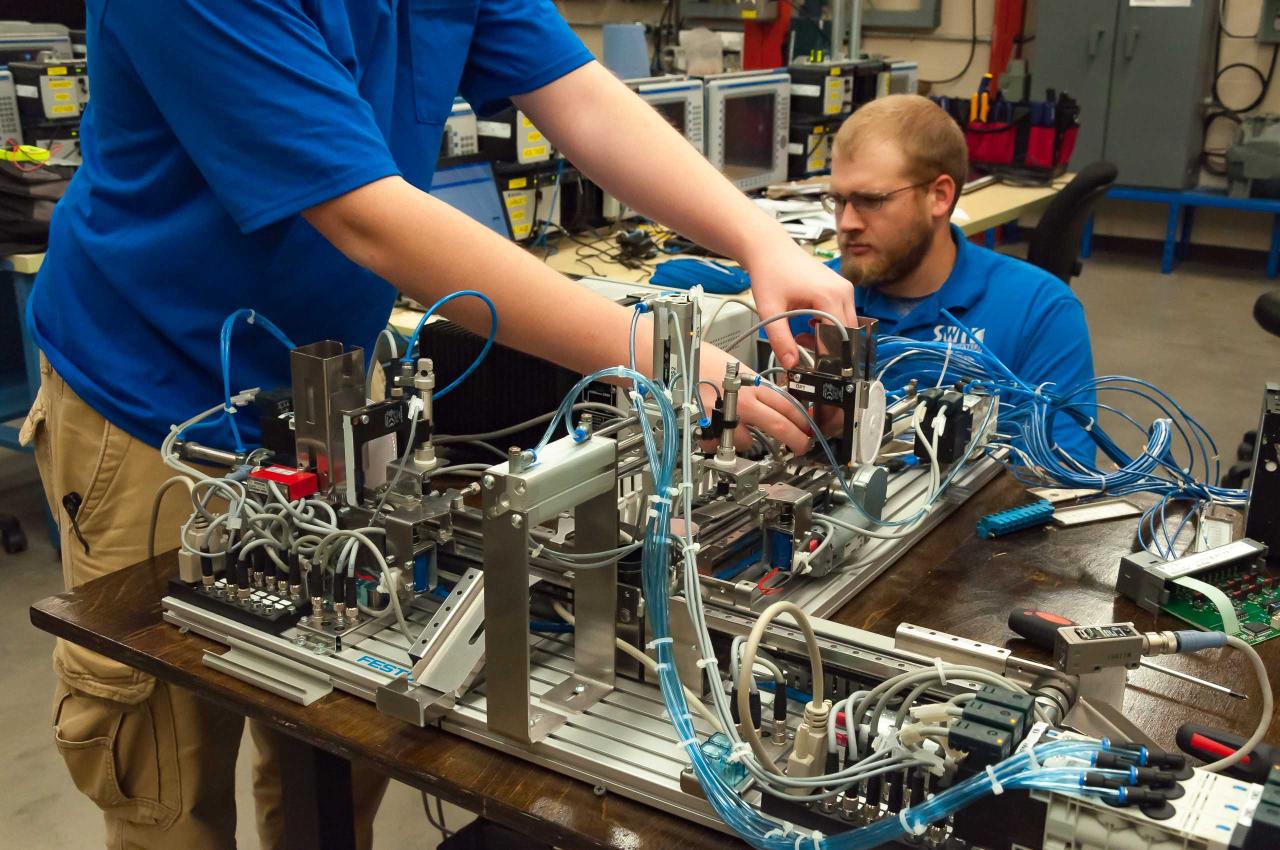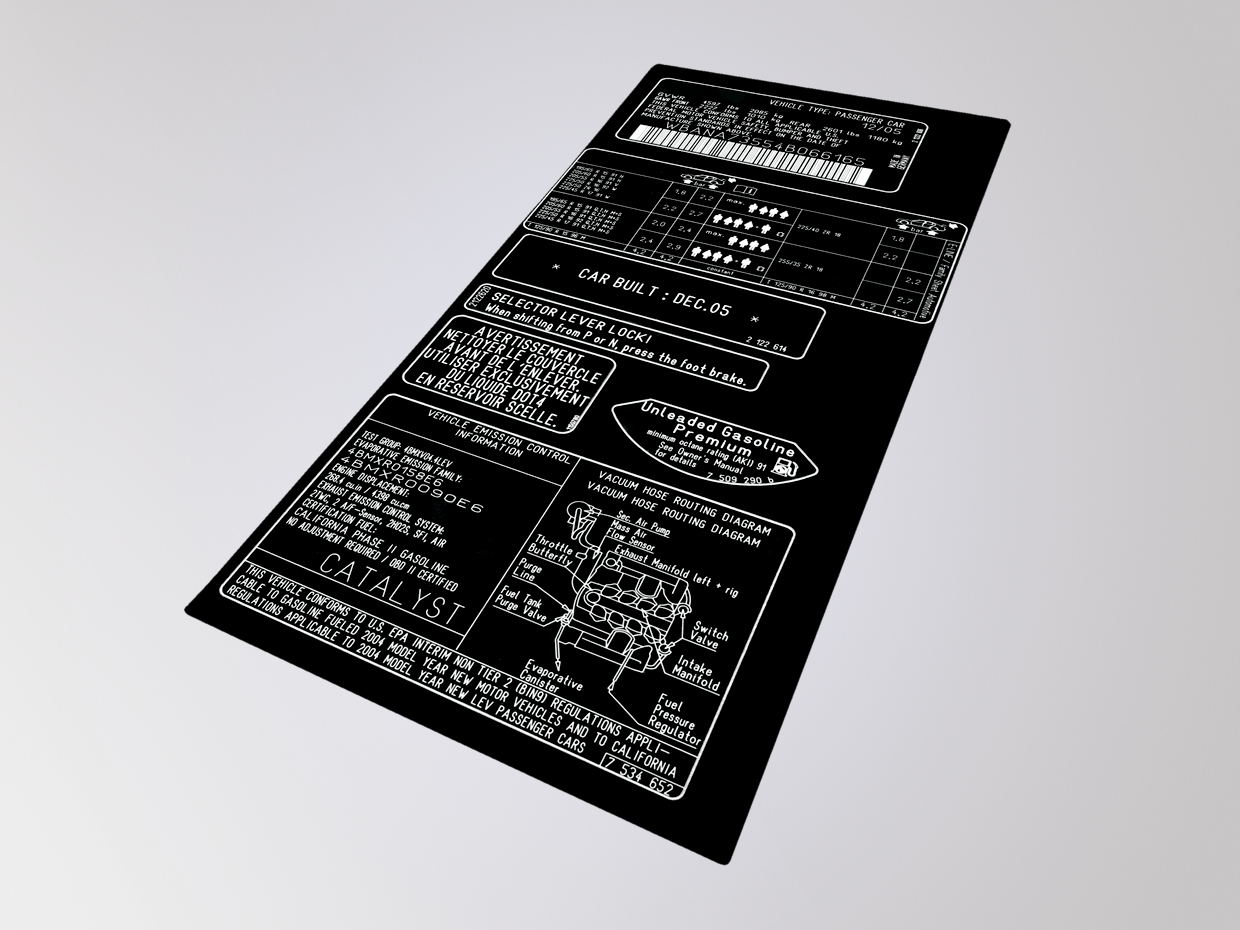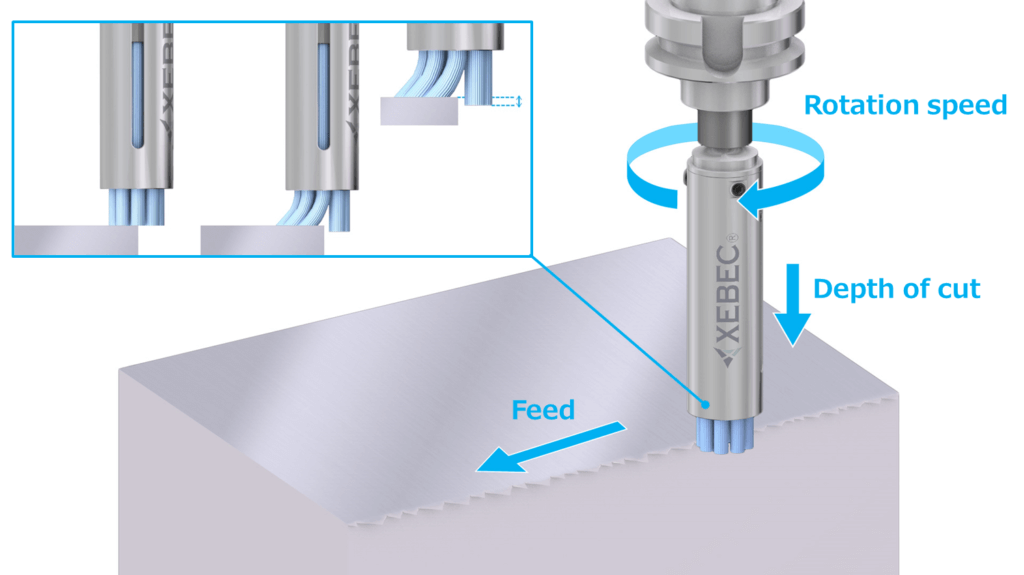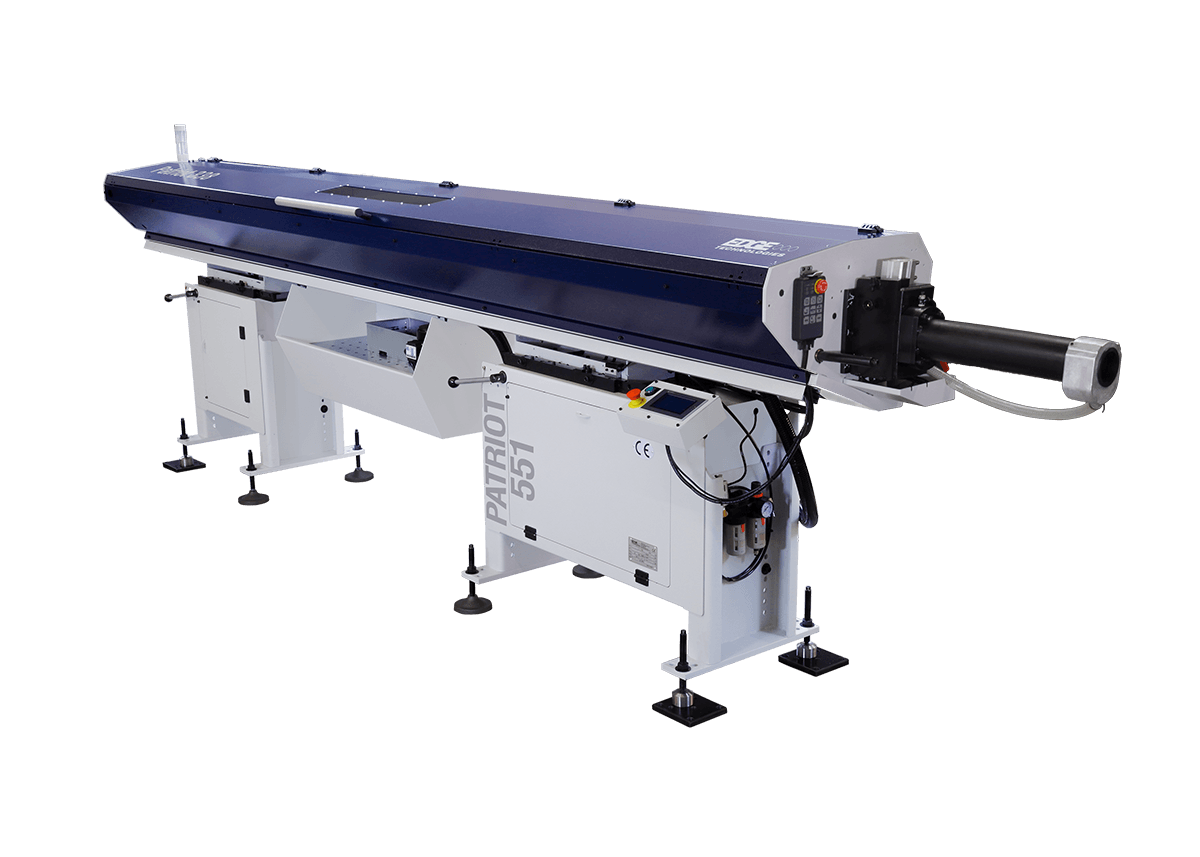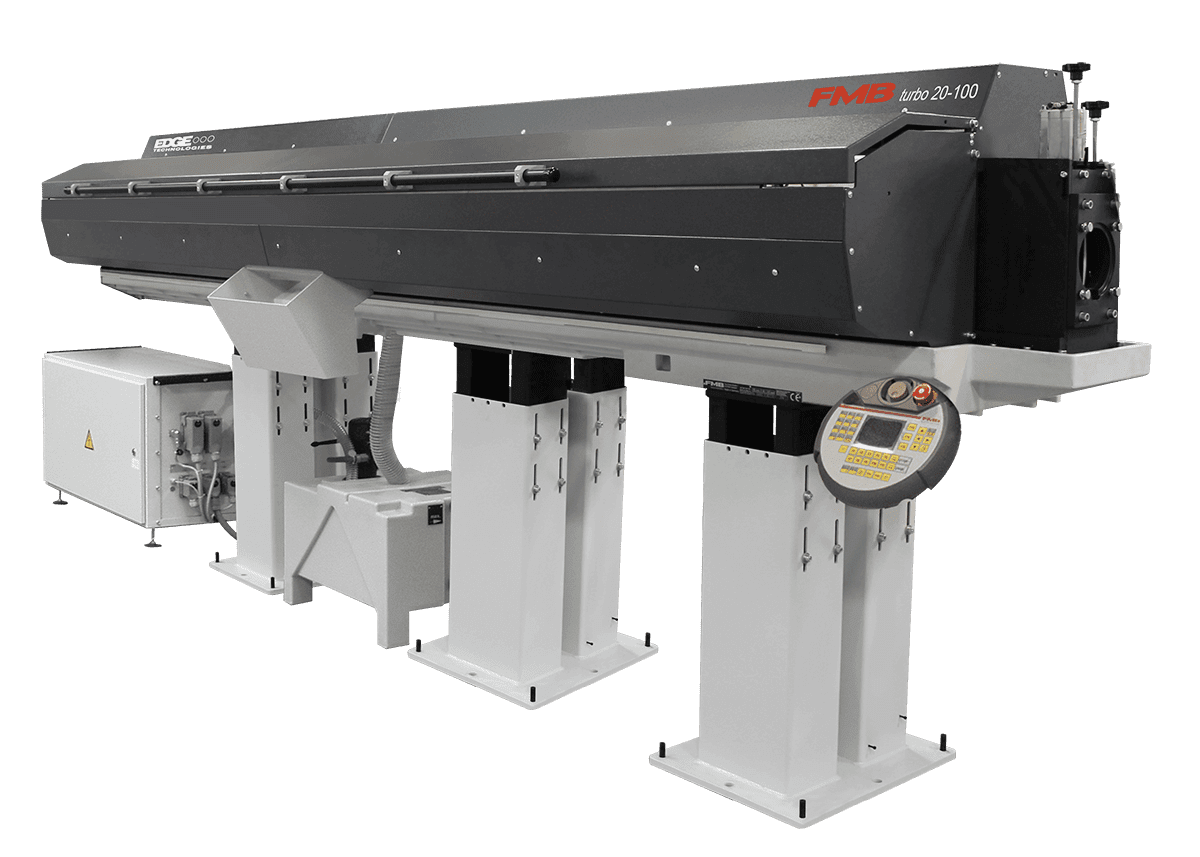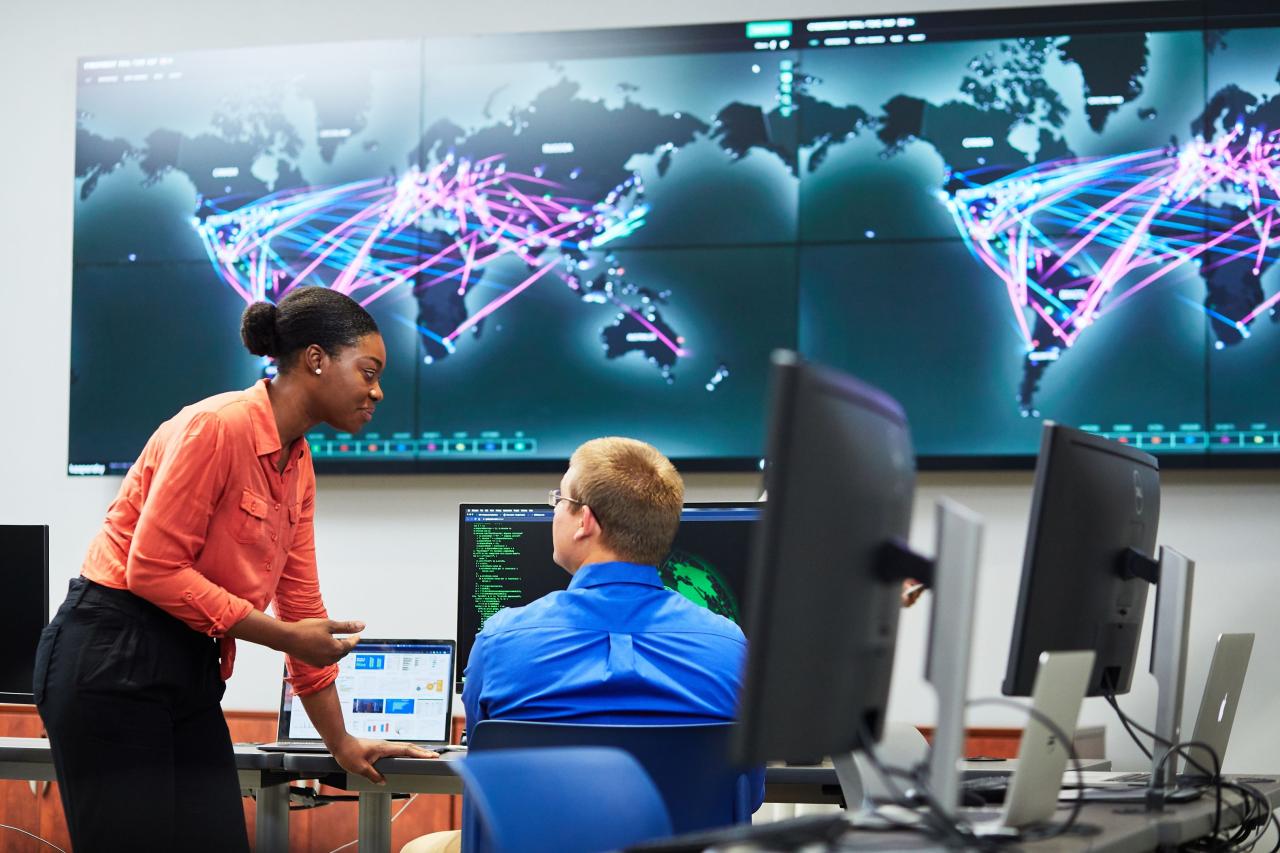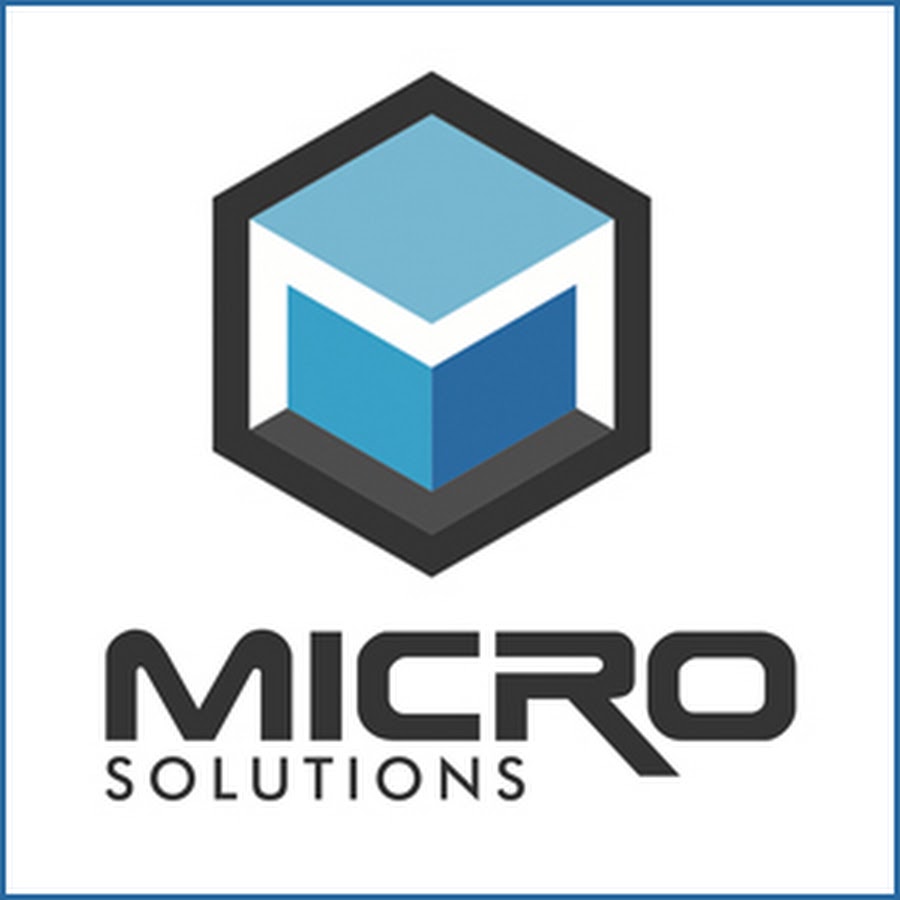Isolator Technology: Protecting Processes and Products
Isolator technology sets the stage for this enthralling narrative, offering readers a glimpse into a world where contamination is a constant threat, and protection is paramount. Isolator technology, in essence, […]

Isolator technology sets the stage for this enthralling narrative, offering readers a glimpse into a world where contamination is a constant threat, and protection is paramount. Isolator technology, in essence, is a barrier system designed to create a sterile environment, shielding sensitive processes and products from external contaminants. This technology is a critical component in industries ranging from pharmaceuticals to electronics, where maintaining purity and integrity is essential.
The concept of isolation is not new, but the evolution of isolator technology has led to sophisticated systems capable of achieving unprecedented levels of sterility. These systems, often employing specialized materials and advanced filtration techniques, are meticulously engineered to prevent the ingress of microorganisms, particles, and other contaminants, ensuring product quality and process reliability.
Isolator Technology
Isolator technology is a crucial aspect of various industries, playing a significant role in safeguarding processes, products, and environments. It involves creating a controlled and isolated environment to protect sensitive operations from external contamination or influence.
Definition and Principles
Isolator technology refers to the use of physical barriers to create a contained environment that prevents the exchange of materials or contaminants between the inside and outside. The fundamental principle behind isolator technology is to establish a sealed and controlled space where processes can be conducted without the risk of contamination.
Applications of Isolator Technology
Isolator technology finds wide-ranging applications across various industries, including:
Pharmaceutical Industry
- Aseptic Processing: Isolators are widely used in pharmaceutical manufacturing for aseptic processing, such as sterile drug formulation and filling. They provide a sterile environment for handling highly sensitive materials, minimizing the risk of contamination and ensuring product sterility.
- Powder Handling: Isolators are employed for handling and processing highly potent or toxic powders, such as cytotoxic drugs, to protect operators and the environment from exposure.
- Tablet and Capsule Manufacturing: Isolators are used in tablet and capsule manufacturing to control the environment and prevent contamination during the entire process, ensuring product quality and consistency.
Biotechnology Industry
- Cell Culture: Isolators create controlled environments for cell culture, protecting sensitive cell lines from contamination and ensuring consistent cell growth and product quality.
- Biopharmaceutical Manufacturing: Isolators are used in the manufacturing of biopharmaceuticals, such as monoclonal antibodies and vaccines, to ensure product sterility and prevent cross-contamination.
Food Industry
- Food Packaging: Isolators are used in food packaging to create a sterile environment for filling and sealing food products, minimizing the risk of contamination and extending shelf life.
- Ingredient Handling: Isolators are employed to handle and process food ingredients, such as spices and flavorings, to prevent contamination and ensure product safety.
Other Industries
- Microelectronics: Isolators are used in microelectronics manufacturing to create cleanroom environments for handling sensitive components and preventing contamination during production.
- Aerospace: Isolators are used in aerospace manufacturing to protect sensitive components from dust and other contaminants, ensuring product quality and reliability.
Benefits of Isolator Technology
Isolator technology offers several advantages, including:
Enhanced Product Safety and Quality
Isolators create a controlled environment that minimizes the risk of contamination, ensuring product safety and quality. This is particularly important for sensitive products, such as pharmaceuticals and biopharmaceuticals.
Improved Operator Safety
Isolators protect operators from exposure to hazardous materials, such as potent drugs or toxic chemicals. This is essential for maintaining a safe working environment and reducing the risk of occupational hazards.
Increased Efficiency and Productivity
Isolators can help improve efficiency and productivity by reducing the time and effort required for cleaning and validation. They also minimize downtime due to contamination events, ensuring smooth and uninterrupted operations.
Reduced Costs
While the initial investment in isolator technology can be significant, it can lead to long-term cost savings by reducing contamination events, minimizing product recalls, and improving overall efficiency.
Compliance with Regulatory Standards
Isolator technology is often required by regulatory agencies, such as the FDA and EMA, to ensure product safety and quality. Using isolators demonstrates compliance with industry standards and regulatory requirements.
Types of Isolator Technology

Isolator technology encompasses various methods and devices designed to separate or isolate specific components or systems from their surroundings. These technologies are crucial in diverse fields, including electronics, mechanical engineering, and medical science.
Mechanical Isolators
Mechanical isolators are physical structures that reduce the transmission of vibrations and shock between different components. They function by absorbing, dissipating, or redirecting energy. These isolators are often employed in applications where vibration control is critical, such as in sensitive equipment, buildings, and transportation systems.
- Spring Isolators: Spring isolators utilize elastic springs to absorb and isolate vibrations. They are commonly used in machinery, vehicles, and buildings. The stiffness of the spring determines the frequency range at which it effectively isolates vibrations.
- Rubber Isolators: Rubber isolators leverage the elastic properties of rubber to dampen vibrations. They are widely used in automotive applications, machinery mounts, and vibration-sensitive equipment. Rubber isolators can be customized to achieve specific damping characteristics.
- Air Springs: Air springs are pneumatic devices that use compressed air to provide isolation. They offer adjustable stiffness and damping, making them suitable for applications requiring precise vibration control. Air springs are commonly used in heavy-duty vehicles, aircraft, and industrial machinery.
Electrical Isolators
Electrical isolators are designed to prevent the flow of electricity between different components or systems. They serve as barriers to electrical current, ensuring the safety of personnel and equipment. Electrical isolators are essential in power systems, electronics, and medical devices.
- Circuit Breakers: Circuit breakers are automatic switches that interrupt the flow of electricity when a fault occurs. They protect electrical circuits from overloads and short circuits, preventing damage to equipment and ensuring safety.
- Fuses: Fuses are sacrificial devices that melt and break the circuit when excessive current flows. They are typically used in low-voltage circuits and are often found in household appliances and electronics.
- Insulators: Insulators are materials that resist the flow of electricity. They are used to support and isolate electrical conductors, preventing current leakage and ensuring safe operation. Common insulator materials include porcelain, glass, and polymers.
Magnetic Isolators
Magnetic isolators use magnetic fields to create a non-contact isolation system. They are often employed in sensitive equipment, such as scientific instruments and medical devices, to minimize vibration and shock transmission.
- Magnetic Bearings: Magnetic bearings utilize magnetic forces to support and levitate rotating shafts, eliminating mechanical contact and reducing friction. They are used in high-precision machinery, aerospace applications, and data storage systems.
- Magnetic Levitation (Maglev): Maglev trains utilize magnetic fields to levitate and propel trains, enabling high-speed travel with minimal friction. They are currently used in several countries, with future applications expected to expand.
Optical Isolators
Optical isolators are devices that allow light to travel in only one direction. They are used in optical communication systems, lasers, and other optical applications to prevent unwanted reflections and improve signal quality.
- Faraday Rotators: Faraday rotators utilize the Faraday effect to rotate the plane of polarization of light. They are commonly used in optical isolators to block reflections and ensure unidirectional light propagation.
- Polarization Beam Splitters: Polarization beam splitters are optical devices that separate light based on its polarization. They are used in optical isolators to reflect unwanted light and allow only the desired direction of propagation.
Comparison of Isolator Technologies
| Type | Working Principle | Applications | Limitations |
|---|---|---|---|
| Mechanical Isolators | Absorption, dissipation, or redirection of vibration energy | Machinery, vehicles, buildings, sensitive equipment | Limited frequency range, potential for wear and tear |
| Electrical Isolators | Prevention of electrical current flow | Power systems, electronics, medical devices | Can introduce voltage drops, may require regular maintenance |
| Magnetic Isolators | Magnetic fields for non-contact isolation | Sensitive equipment, scientific instruments, medical devices | Can be complex to design and implement, susceptible to external magnetic fields |
| Optical Isolators | Unidirectional light propagation | Optical communication systems, lasers, optical instruments | Limited bandwidth, can be expensive to manufacture |
Isolator Technology in Different Industries
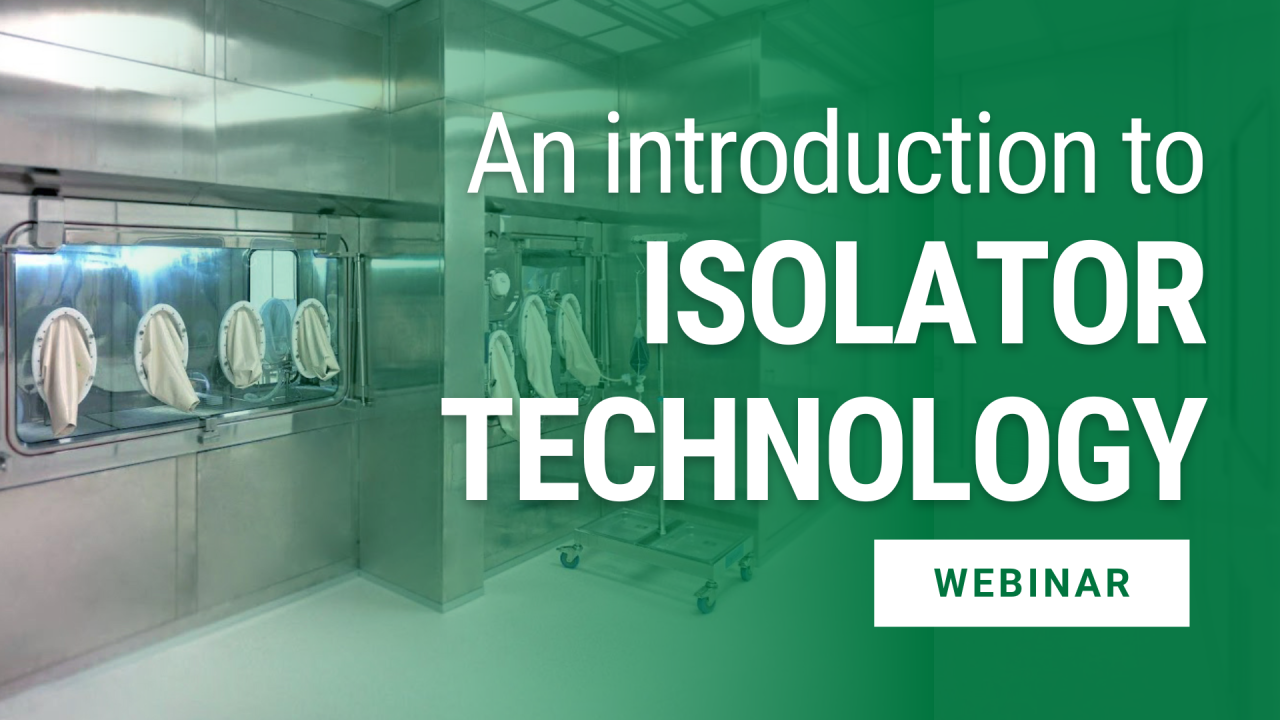
Isolator technology plays a crucial role in various industries, enabling the creation of controlled environments that ensure product quality, safety, and efficiency. This technology is particularly vital in sectors where contamination control is paramount, such as pharmaceuticals, electronics, food processing, and aerospace.
Pharmaceuticals
Isolator technology in pharmaceuticals is indispensable for manufacturing sterile products like injectables, ophthalmic solutions, and biological drugs. These isolators create aseptic environments, preventing contamination from the external environment and ensuring the sterility of the final product.
- Aseptic Processing: Isolators provide a sterile environment for aseptic processing, minimizing the risk of contamination during drug manufacturing. For example, isolators are used in filling lines for sterile injectables, ensuring the final product is free from microbial contamination.
- Powder Handling: Isolators are widely used for handling highly potent and toxic pharmaceutical powders, preventing exposure of personnel and the environment to hazardous materials. This technology protects workers from potential health risks and maintains product quality.
- Sterile Compounding: Isolators are crucial for sterile compounding, where medications are prepared for individual patients. These devices create a sterile environment for compounding, minimizing the risk of contamination and ensuring patient safety.
Electronics
In the electronics industry, isolator technology is critical for protecting sensitive components from contamination and static discharge, ensuring the reliability and performance of electronic devices.
- Cleanroom Environments: Isolators create cleanroom environments within a cleanroom, further minimizing the risk of contamination during critical manufacturing processes. For example, isolators are used for assembling and packaging microchips and other delicate electronic components.
- Static Discharge Protection: Isolators protect sensitive electronic components from static discharge, which can damage or destroy delicate circuitry. This is especially important during the manufacturing of microprocessors, memory chips, and other high-performance electronic devices.
- Electrostatic Discharge (ESD) Protection: Isolators are used to create ESD-safe environments, preventing electrostatic discharge during the manufacturing of electronic components. This is crucial for ensuring the reliability and performance of electronic devices.
Food Processing
Isolator technology in food processing ensures food safety, product quality, and extends shelf life by creating controlled environments that minimize contamination and prevent spoilage.
- Aseptic Packaging: Isolators are used in aseptic packaging, where food products are packaged in sterile containers, extending their shelf life and preventing microbial growth. This technology is crucial for preserving the quality and safety of perishable food products.
- Powder Handling: Isolators are used for handling food powders, preventing contamination and ensuring product quality. This technology is particularly important for processing sensitive ingredients like spices, flavorings, and nutritional supplements.
- Ingredient Handling: Isolators are used for handling ingredients in food processing, preventing contamination and ensuring product safety. This technology is crucial for maintaining the quality and integrity of food products.
Aerospace
Isolator technology is vital in the aerospace industry, ensuring the safety and reliability of aircraft components and systems.
- Cleanroom Assembly: Isolators create cleanroom environments for assembling sensitive aircraft components, minimizing the risk of contamination and ensuring the reliability of the final product. For example, isolators are used for assembling and testing avionics systems, ensuring their functionality and performance.
- Material Handling: Isolators are used for handling sensitive materials used in aerospace manufacturing, preventing contamination and ensuring product quality. This technology is crucial for maintaining the integrity and performance of aircraft components.
- Testing and Validation: Isolators are used for testing and validating aircraft components, ensuring their functionality and performance in controlled environments. This technology is crucial for ensuring the safety and reliability of aircraft systems.
Design and Implementation of Isolator Systems

The design and implementation of isolator systems are critical for maintaining aseptic conditions in various industries. These systems are designed to provide a sterile environment for sensitive processes, ensuring product safety and quality.
Key Design Considerations
The design of an isolator system involves several key considerations, including material selection, filtration, and contamination control.
- Material Selection: The materials used in isolator construction must be compatible with the process and the environment. For example, materials should be resistant to chemicals, solvents, and sterilization methods. They should also be non-shedding and non-reactive to prevent contamination.
- Filtration: Isolators use high-efficiency particulate air (HEPA) filters to remove airborne particles, including bacteria, viruses, and fungal spores. The filters are typically placed in the air supply and exhaust systems to maintain a sterile environment within the isolator.
- Contamination Control: Contamination control is essential in isolator design. This involves minimizing the risk of introducing contaminants from external sources. This includes the use of airlocks, glove ports, and other mechanisms to control the flow of materials and personnel into the isolator.
Steps Involved in Designing and Implementing an Isolator System, Isolator technology
The process of designing and implementing an isolator system involves a series of steps, each contributing to the overall effectiveness and reliability of the system.
- Needs Assessment: This initial step involves identifying the specific requirements of the application, including the type of process, the product being handled, and the desired level of sterility. This assessment helps define the necessary features and functionalities of the isolator system.
- Design and Development: Based on the needs assessment, the isolator system is designed and developed. This includes selecting appropriate materials, determining the required size and configuration, and incorporating necessary features like airlocks, glove ports, and filtration systems.
- Validation: Before the isolator system is implemented, it undergoes validation testing to ensure it meets the specified requirements. This involves testing the system’s ability to maintain sterility, its integrity, and its effectiveness in preventing contamination. Validation procedures typically involve using simulated challenges and monitoring the system’s performance under various conditions.
- Implementation: Once validated, the isolator system is implemented in the designated environment. This involves installation, commissioning, and training of personnel on the operation and maintenance of the system.
- Monitoring and Maintenance: After implementation, the isolator system is continuously monitored and maintained to ensure its continued performance and effectiveness. This involves regular inspections, cleaning, and filter replacements to maintain the system’s sterility and prevent contamination.
Flowchart for Designing and Implementing an Isolator System
Step 1: Needs Assessment
- Identify the specific requirements of the application.
- Determine the type of process, product, and desired level of sterility.
Step 2: Design and Development
- Select appropriate materials and components.
- Determine the required size and configuration.
- Incorporate necessary features like airlocks, glove ports, and filtration systems.
Step 3: Validation
- Conduct sterility testing to confirm the system’s ability to maintain a sterile environment.
- Perform integrity testing to ensure the system’s structural integrity and leak-tightness.
- Evaluate the system’s effectiveness in preventing contamination through simulated challenges.
Step 4: Implementation
- Install the isolator system in the designated environment.
- Commission the system and ensure its proper operation.
- Train personnel on the operation and maintenance of the system.
Step 5: Monitoring and Maintenance
- Conduct regular inspections to monitor the system’s performance and identify any potential issues.
- Clean the isolator system according to established protocols to prevent contamination.
- Replace filters as needed to maintain the system’s sterility and effectiveness.
Closure: Isolator Technology
As we delve deeper into the realm of isolator technology, we discover its profound impact on various industries. Its ability to create a controlled environment for sensitive processes has revolutionized manufacturing, ensuring product safety and efficacy. From pharmaceuticals to food processing, isolator technology plays a crucial role in safeguarding public health and maintaining the integrity of products we consume. The future of isolator technology holds immense promise, with advancements in automation, robotics, and advanced materials poised to further enhance its capabilities and expand its applications. As the pursuit of sterility and purity continues, isolator technology will remain an indispensable tool in ensuring a safer and more reliable world.
Isolator technology, a crucial element in various fields, aims to create a barrier between different systems or environments. This can involve physical barriers like enclosures or electromagnetic shielding, which often relies on shield technology to minimize interference. Isolator technology finds applications in sensitive electronic circuits, medical equipment, and even aerospace engineering, ensuring optimal performance and safety.
